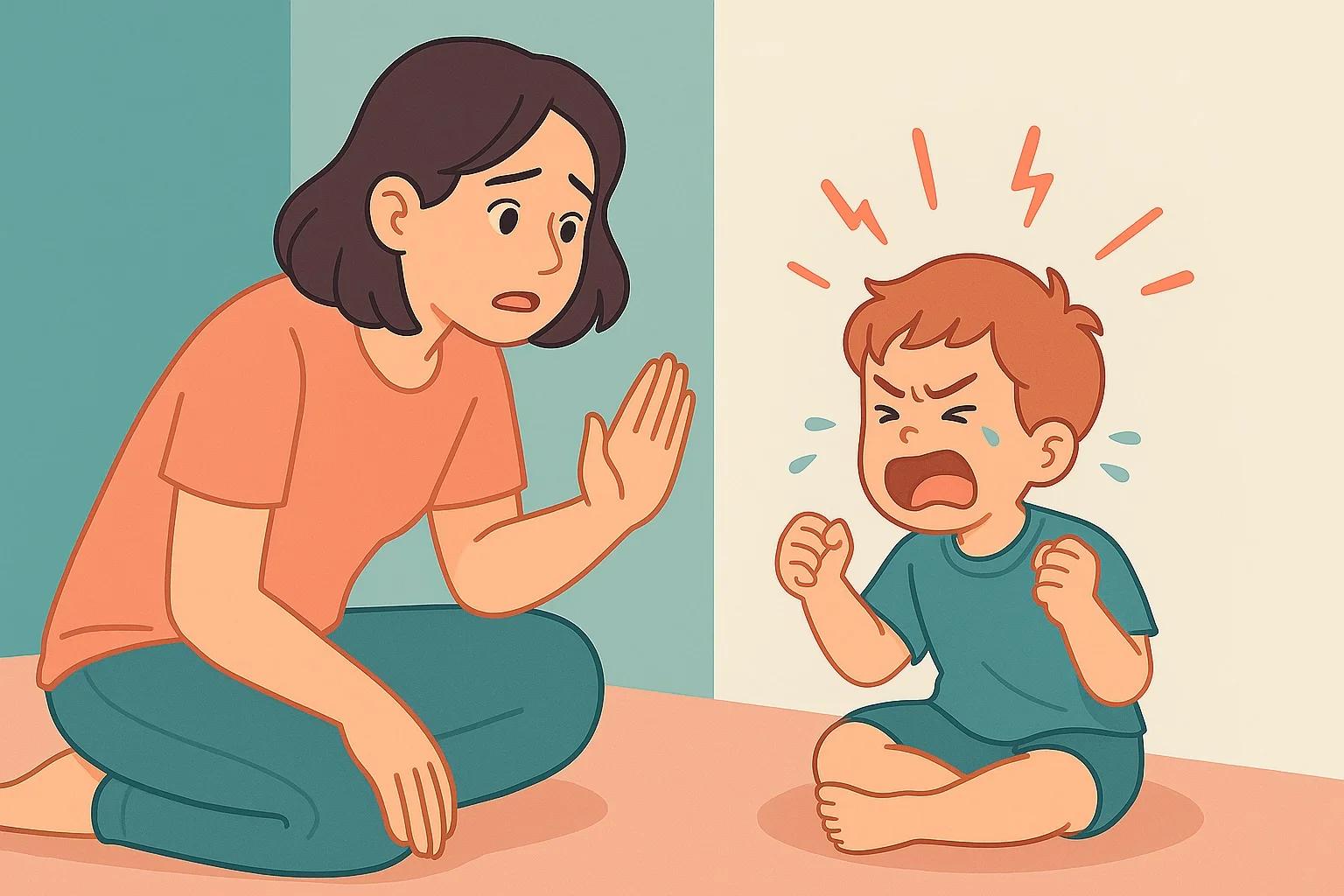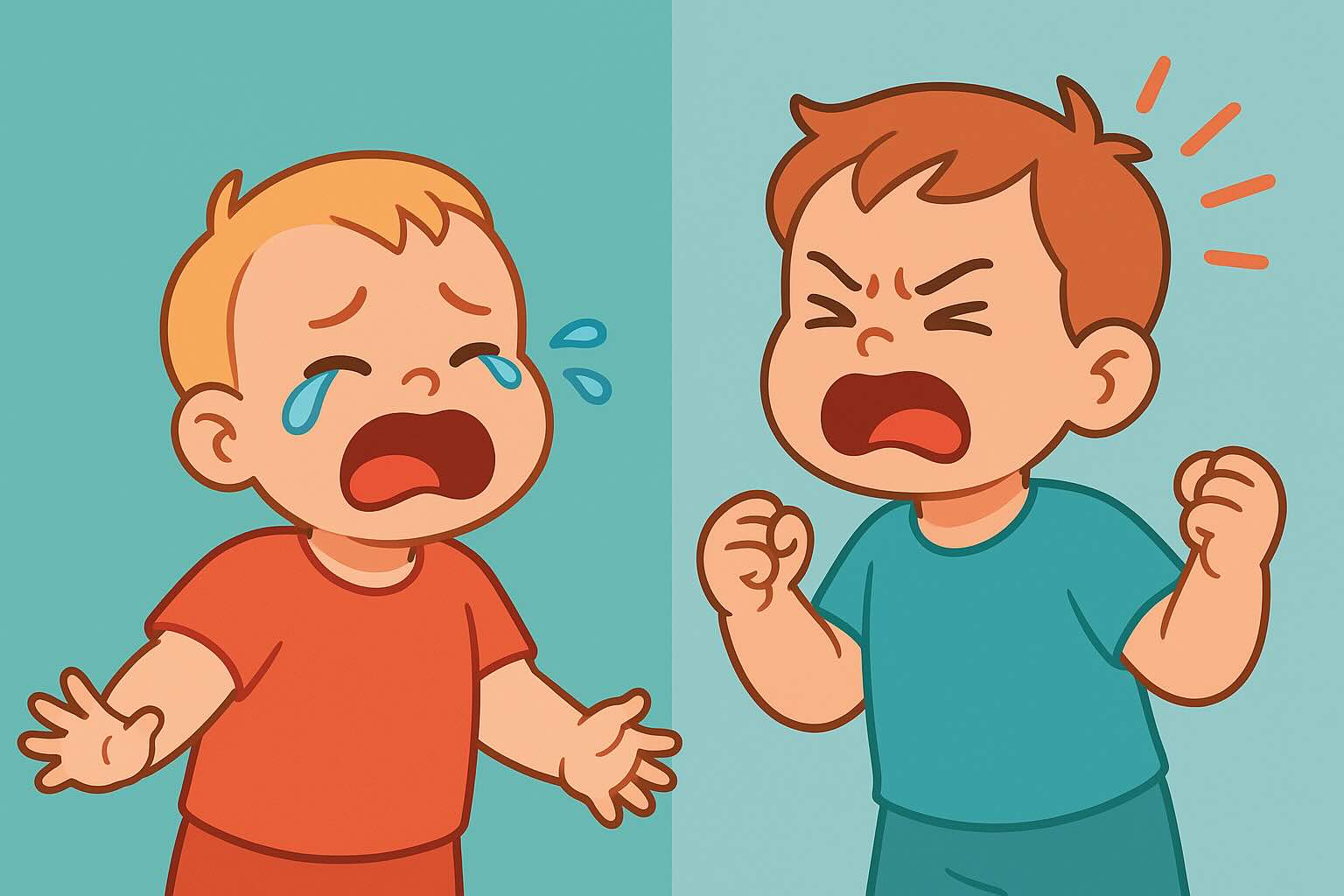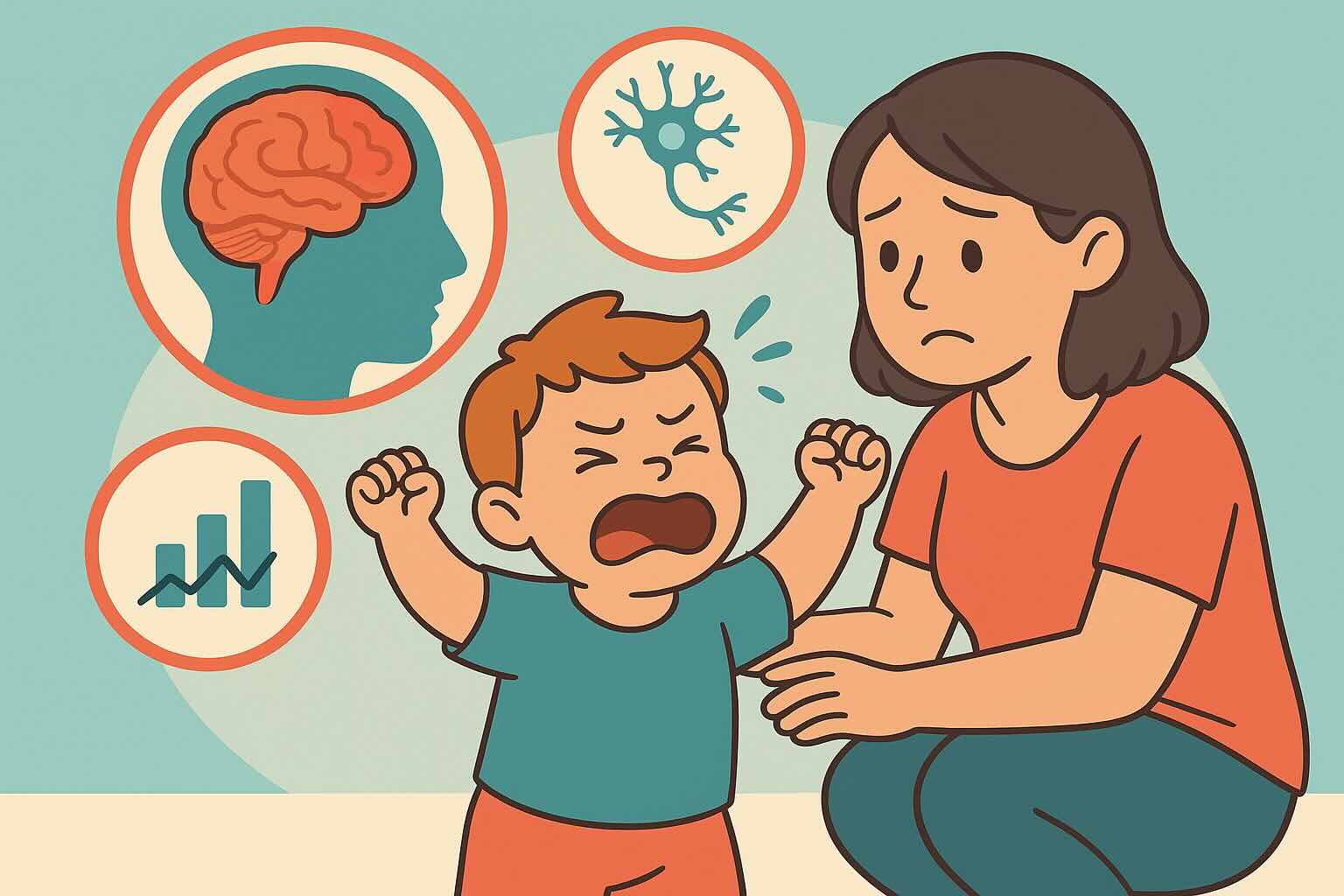How to Stop 3 Year Old Tantrums: Expert Guide
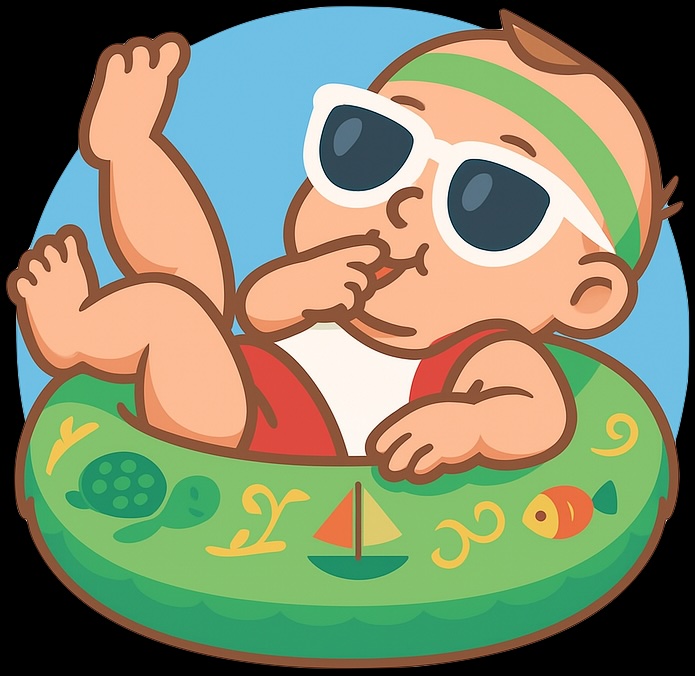
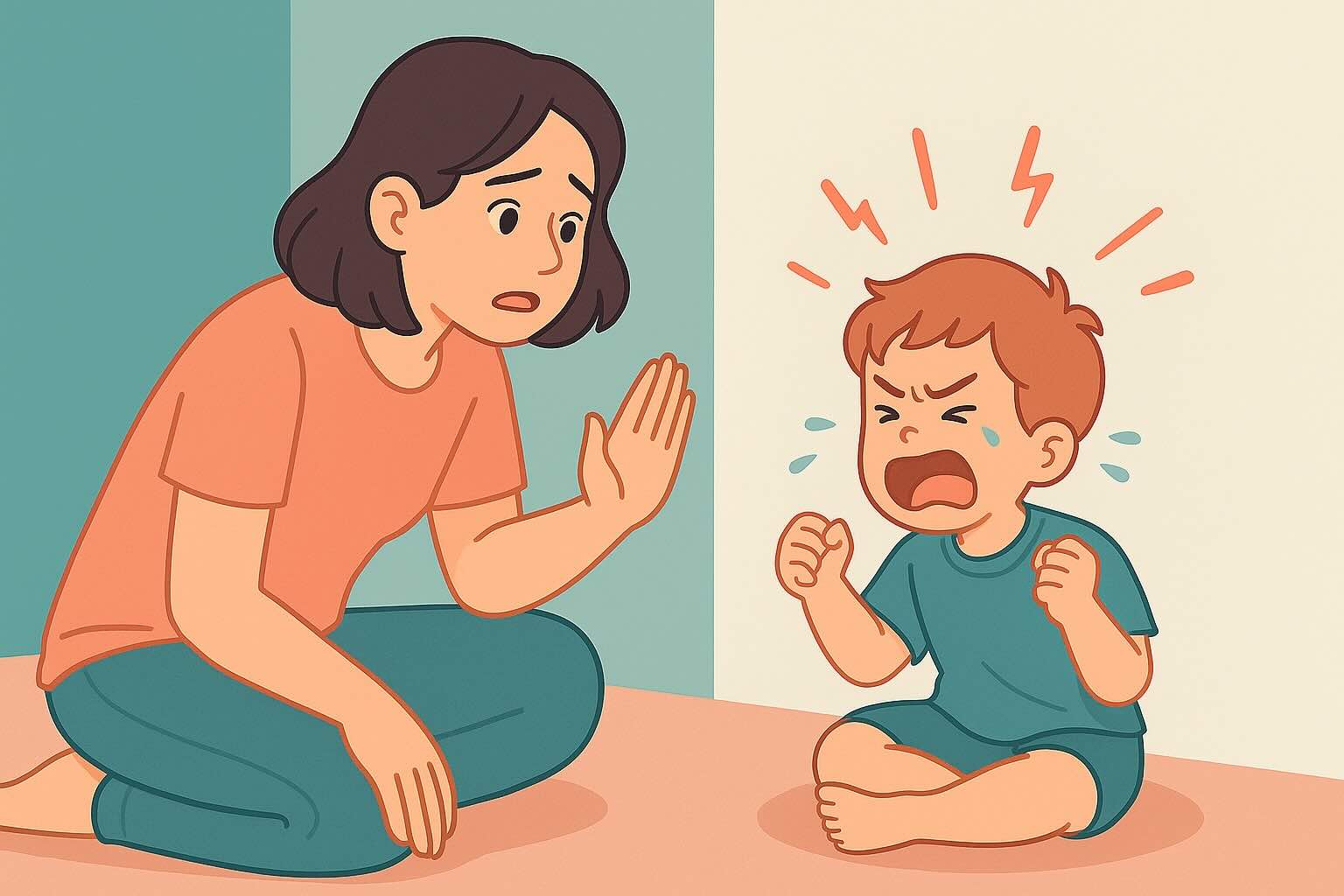
Your 3 year old is on the floor screaming because you cut their sandwich "wrong"—even though you cut it exactly how they asked. Sound familiar? If you're exhausted from daily battles with your threenager, you're not alone. While 3 year old tantrums are developmentally normal, they can feel overwhelming when you're in the trenches.
This expert guide provides evidence-based strategies specifically for 3-year-olds, that crucial age where language is exploding but emotional control is still developing. Your personal parenting coach is here to help you navigate these challenging moments with confidence and compassion.
Understanding Your 3 Year Old's Emotional World
The 3-Year-Old Brain: Why Tantrums Still Happen
At age 3, your child's brain is in a fascinating transition. They can understand complex ideas, follow multi-step instructions, and engage in imaginative play. Yet their prefrontal cortex—the brain's emotional control center—won't be fully developed for another 20+ years.
What this means for tantrums:
- They know what they want but can't always handle disappointment
- They understand rules but struggle with impulse control
- They can use words but emotions still overwhelm their verbal skills
- They want independence but still need significant support
Typical 3 Year Old Tantrum Triggers
Understanding what sets off your 3-year-old helps you prevent meltdowns before they start:
Common triggers unique to age 3:
- Perfectionism and things not going "just right"
- Transitions when deeply engaged in play
- Social conflicts with peers or siblings
- Feeling misunderstood despite better language skills
- Wanting to do things independently but lacking skills
- Overstimulation from preschool or social activities
- Testing boundaries to understand consistency
For more on developmental triggers, see our toddler tantrum triggers guide.
The Expert's 5-Step Method for 3 Year Old Tantrums
Step 1: Recognize the Warning Signs
Three-year-olds often show pre-tantrum signals:
- Whining or repetitive requests
- Physical tension or clenched fists
- Raised voice or demanding tone
- Difficulty listening or following directions
- Saying "no" to everything
Coach tip: When you notice these signs, try redirection or offering choices before the full meltdown begins.
Step 2: Stay Regulated Yourself
Your calm is contagious. Before responding:
- Take three deep breaths
- Lower your voice
- Relax your shoulders
- Get on your child's physical level
What to say:
- "I see you're having a hard time."
- "I'm here to help you."
- "Let's figure this out together."
Step 3: Validate and Label Emotions
Three-year-olds respond well to emotion coaching:
- "You're frustrated because you wanted to do it yourself."
- "You're disappointed we can't go to the park."
- "It's hard when things don't go how we planned."
For more scripts, check our tantrum communication scripts.
Step 4: Offer Acceptable Choices
Three-year-olds crave autonomy. Provide limited options:
- "Would you like to walk to the car or be carried?"
- "Do you want to clean up before or after snack?"
- "Should we use the timer or count to 10?"
Step 5: Follow Through Consistently
Once the storm passes:
- Reconnect with a hug or gentle touch
- Briefly discuss what happened
- Practice the skill for next time
- Move forward without dwelling
Age-Specific Strategies That Work for 3-Year-Olds
The Power of Routine and Predictability
Three-year-olds thrive on knowing what comes next:
- Use visual schedules with pictures
- Give 5 and 2-minute warnings for transitions
- Create consistent daily rhythms
- Build in choice points throughout routines
Language-Based Interventions
At 3, your child can understand and use more complex language:
- Teach feeling words beyond mad/sad/happy
- Use "first/then" statements for sequencing
- Practice problem-solving language when calm
- Read books about emotions and discuss characters' feelings
The "Big Kid" Approach
Three-year-olds want to be seen as capable:
- "You're getting so good at using your words!"
- "Big kids can take deep breaths when frustrated."
- "I need my helper to show me how patient they can be."
Preventive Strategies Specific to Age 3
Environmental modifications:
- Create a calm-down corner with books and stuffed animals
- Reduce overwhelming choices (2-3 options maximum)
- Build in regular quiet time/rest even if not napping
- Limit screen time before challenging transitions
Proactive teaching:
- Practice waiting games during fun moments
- Role-play handling disappointment with toys
- Teach the "STOP technique" (Stop, Take a breath, Options, Pick one)
- Celebrate emotional wins: "You used your words instead of screaming!"
Common Mistakes Parents Make with 3 Year Old Tantrums
Mistake #1: Too Much Reasoning During the Tantrum
Three-year-olds can understand logic—but not mid-meltdown. Save explanations for calm moments.
Mistake #2: Inconsistent Boundaries
Your 3-year-old is testing to understand rules. Inconsistency increases tantrums as they keep testing to find the real boundary.
Mistake #3: Expecting Too Much Too Soon
Just because they CAN use words doesn't mean they WILL when upset. Emotional regulation is still developing.
Mistake #4: Giving In to Stop the Tantrum
This teaches that tantrums work. Stay compassionate but firm with boundaries.
Real Parent Success Stories
Emma's Mom: "The Preschool Transition"
"My 3-year-old Emma had massive tantrums every morning before preschool. We started waking up 15 minutes earlier for cuddle time, created a picture schedule, and I let her be the 'boss' of getting herself ready with my support. Tantrums went from daily to maybe once a week within a month."
Jackson's Dad: "The Perfectionist Threenager"
"Jackson would melt down whenever his block towers fell or drawings didn't look 'right.' We started celebrating 'beautiful mistakes' and focusing on effort over outcome. Now he says 'oops, try again!' instead of screaming. It took about 6 weeks of consistent messaging."
Sophia's Parents: "The Bedtime Battles"
"Bedtime was a 2-hour tantrum fest. We created a visual routine, added choices (which PJs, which books), and started 'bedtime' 30 minutes earlier to remove time pressure. She still protests sometimes, but it's minutes instead of hours."
Your 4-Week Action Plan for 3 Year Old Tantrums
Week 1: Observe and Document
- Track tantrum times, triggers, and duration
- Note what helps and what escalates
- Identify your child's unique warning signs
- Practice staying calm yourself
Week 2: Implement Prevention
- Create visual schedules for challenging times
- Build in more transitions warnings
- Offer appropriate choices throughout the day
- Address basic needs proactively (hunger, rest, connection)
Week 3: Practice New Responses
- Use the 5-step method consistently
- Teach emotion words during calm moments
- Celebrate successful emotion regulation
- Stay consistent with boundaries
Week 4: Refine and Adjust
- Note which strategies work best for YOUR child
- Adjust timing and approach based on patterns
- Build on successes
- Plan for challenging situations
When to Seek Professional Help for 3 Year Old Tantrums
Red Flags at Age 3:
- Tantrums lasting over 15 minutes regularly
- More than 3-4 major tantrums daily
- Self-harm or aggression toward others
- Regression in language or social skills
- Tantrums interfering with preschool participation
- No improvement after 6-8 weeks of consistent strategies
- Family stress becoming unmanageable
Types of Support Available:
- Pediatricians can rule out medical causes
- Child psychologists provide behavior strategies
- Occupational therapists help with sensory issues
- Preschool consultants support school readiness
- Parent coaches offer personalized guidance
Building Emotional Intelligence for Life
Every time you respond to your 3-year-old's tantrum with patience and consistency, you're building crucial life skills:
- Emotional vocabulary and expression
- Problem-solving abilities
- Frustration tolerance
- Empathy and social skills
- Self-regulation strategies
Remember: You're not just surviving tantrums—you're raising an emotionally intelligent human being.
Key Takeaways for 3 Year Old Tantrums
✅ Tantrums at 3 are still normal but should be decreasing from age 2 ✅ Your child understands more than they can control emotionally ✅ Consistency and routine reduce tantrum frequency significantly ✅ Language skills help but don't eliminate emotional outbursts ✅ Prevention through choices and autonomy works better than consequences ✅ Improvement takes 2-6 weeks of consistent implementation ✅ You're their emotion coach teaching lifelong skills
Remember: Your 3-year-old isn't giving you a hard time—they're having a hard time. With patience, consistency, and these evidence-based strategies, you'll both get through this challenging phase.
For comprehensive strategies across all ages, see our complete toddler tantrums guide. For bedtime-specific tantrums, check our night tantrums guide.
This article is based on current child development research and expert parenting coaching methods. Individual results vary based on child temperament and consistency of implementation. Always consult your pediatrician with concerns.
24/7 AI Parenting Assistant
Get instant, personalized advice with expert-curated parenting knowledge. Chat with your AI coach anytime, anywhere.
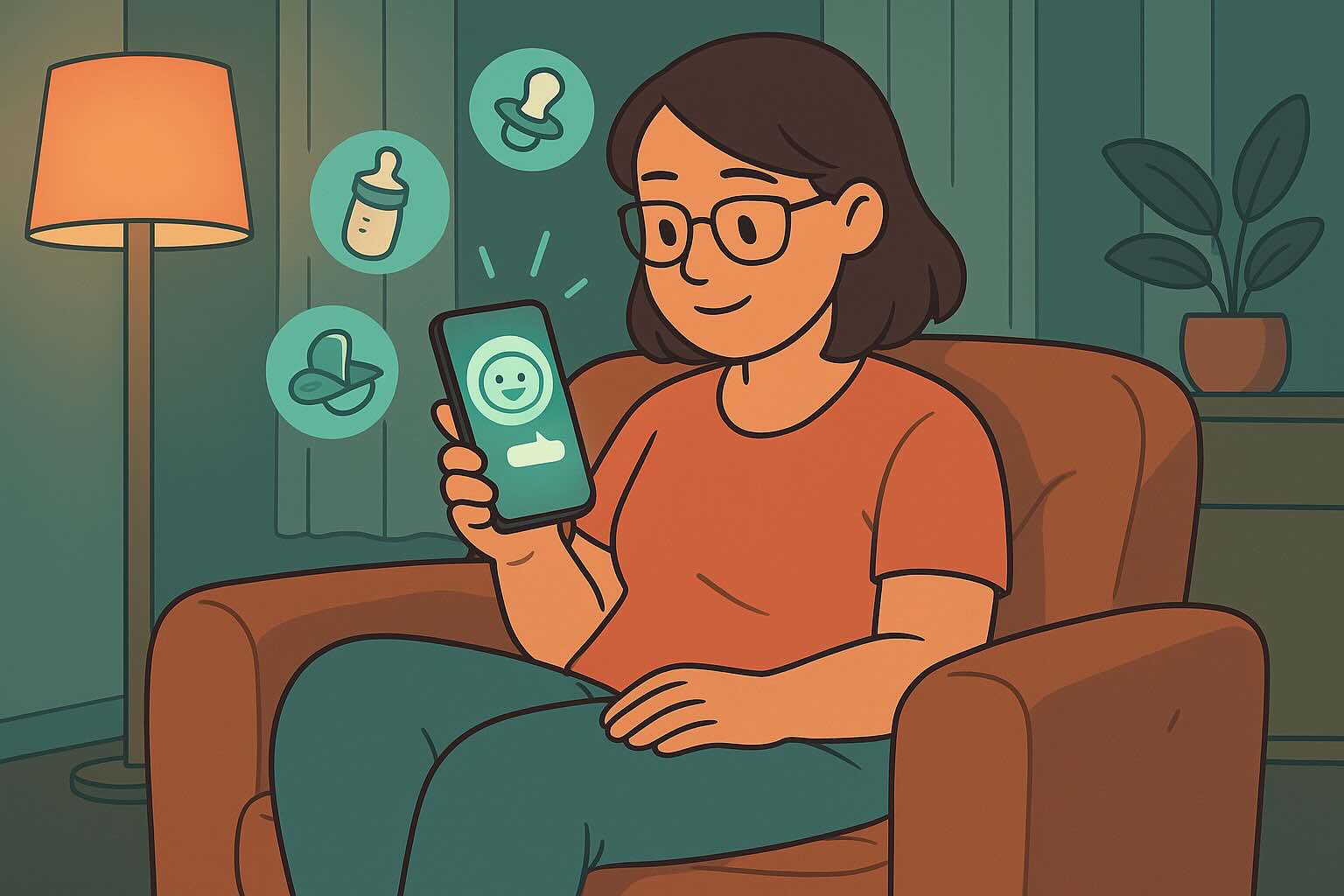
Struggling with tantrums?
Get personalized coaching support available 24/7. Your parenting coach understands what you're going through.
Try RootWise Free →Free Tantrum Scripts
Help your toddler manage big emotions with these strategies and scripts.
Frequently Asked Questions
Need personalized support?
RootWise's AI coach can provide tailored strategies for your specific situation, available 24/7 when you need it most.
Learn More About AI Coaching →